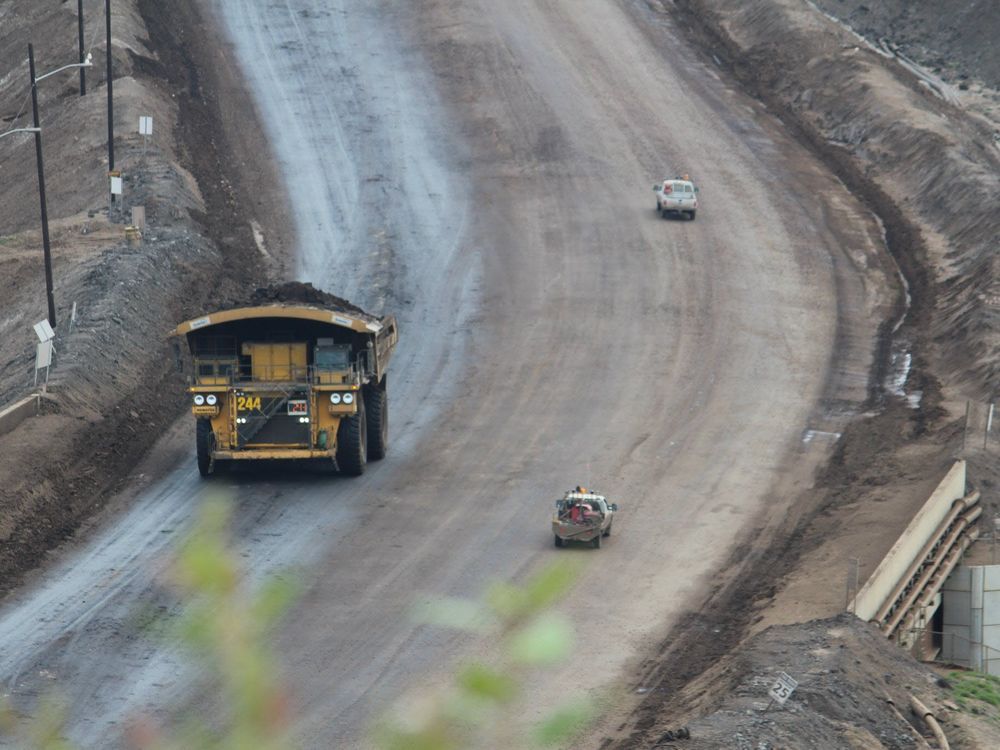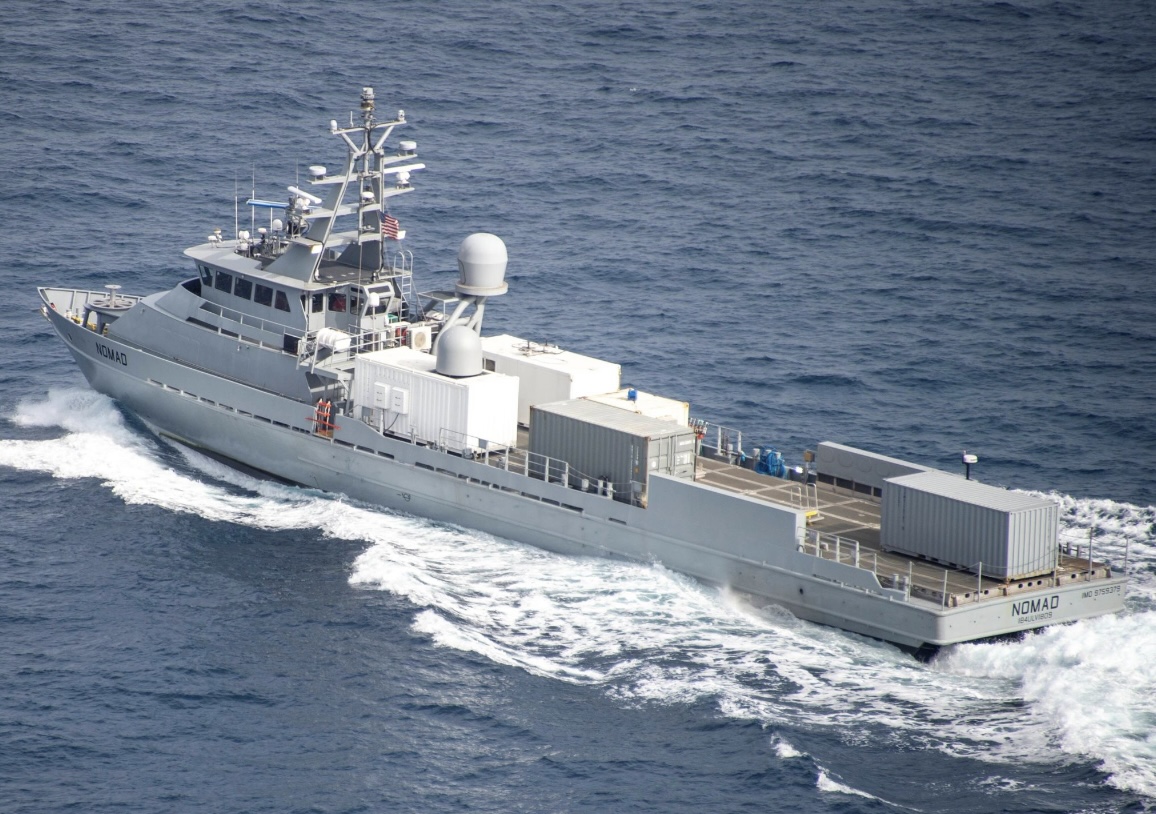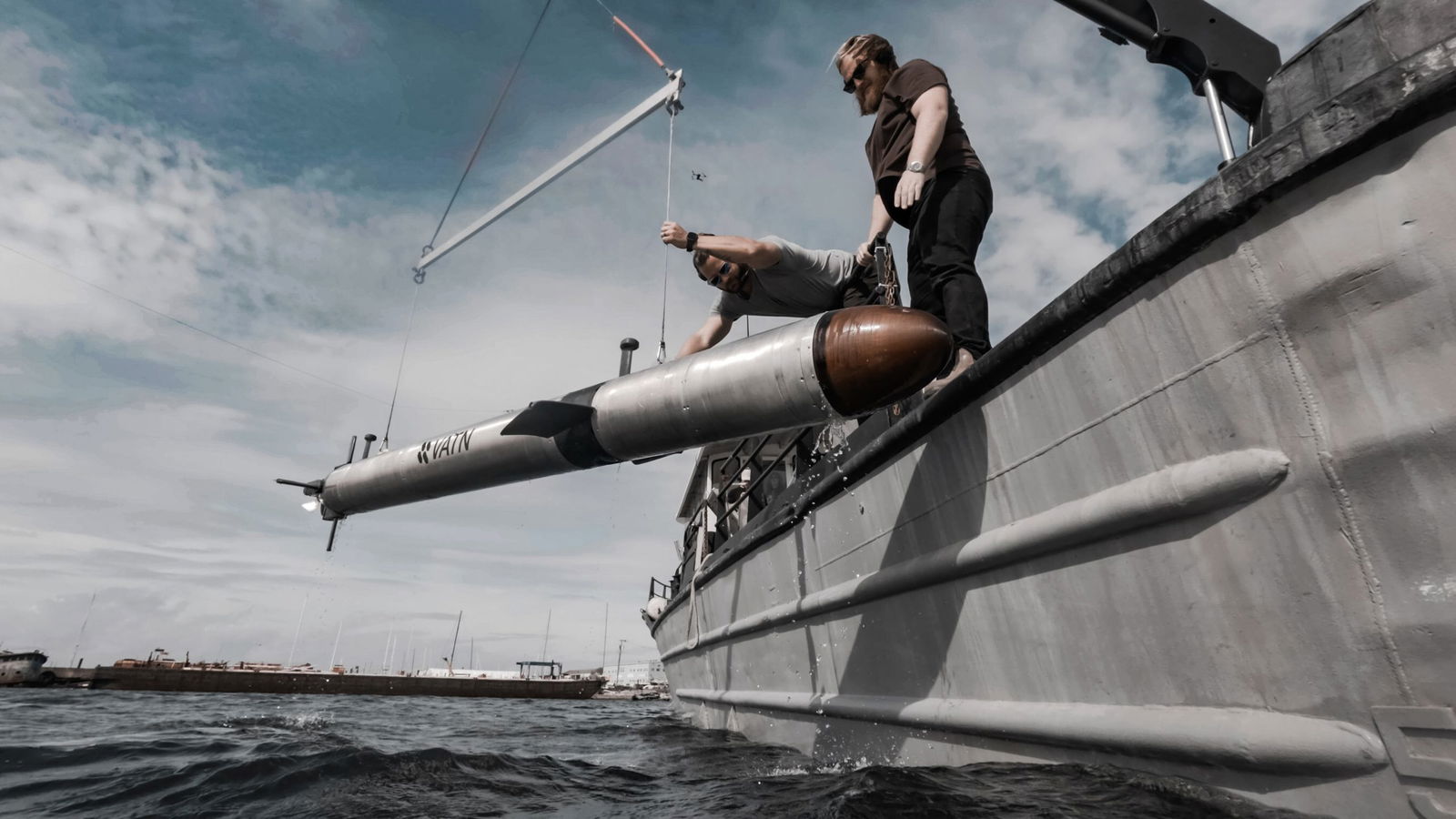- Reaction score
- 11,874
- Points
- 1,160
There were some old fire towers in the west end of the Petawawa ranges that look out onto Algonquin Park (for all that I know they may still be there).
Occasionally, as FOOs, we would use them for firing from. The view is similar to your pictures above. My favourite memory of that was at one fall practice camp when the instructor-in-gunnery with us designated a target for me with "Reference Red Tree ..." At that point in time there were probably about a hundred thousand red trees in sight in the impact area.

The inverse of the Suffield problem .... when "the lone pine" wasn't visible "Reference cloud shaped like Mickey Mouse".




















